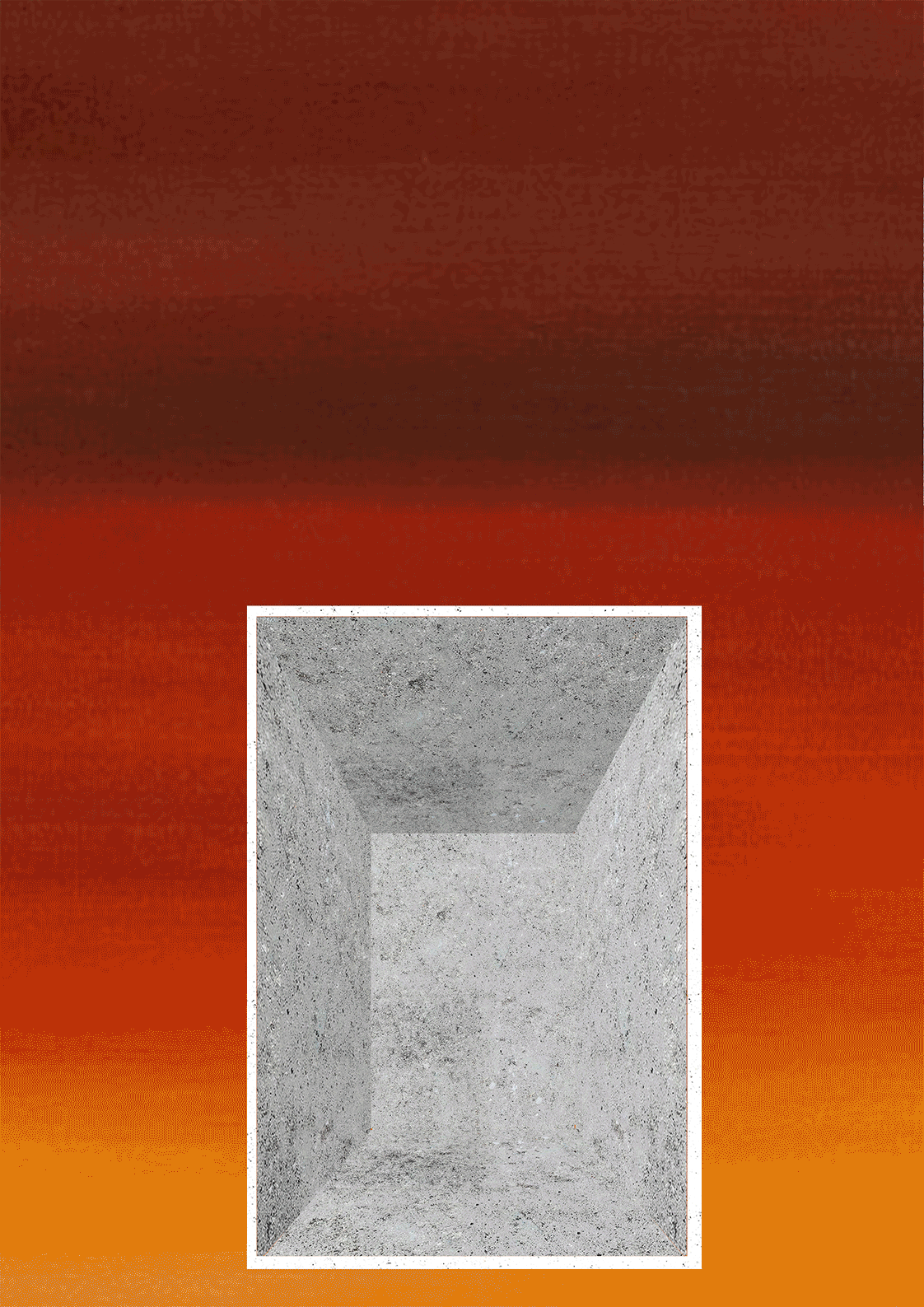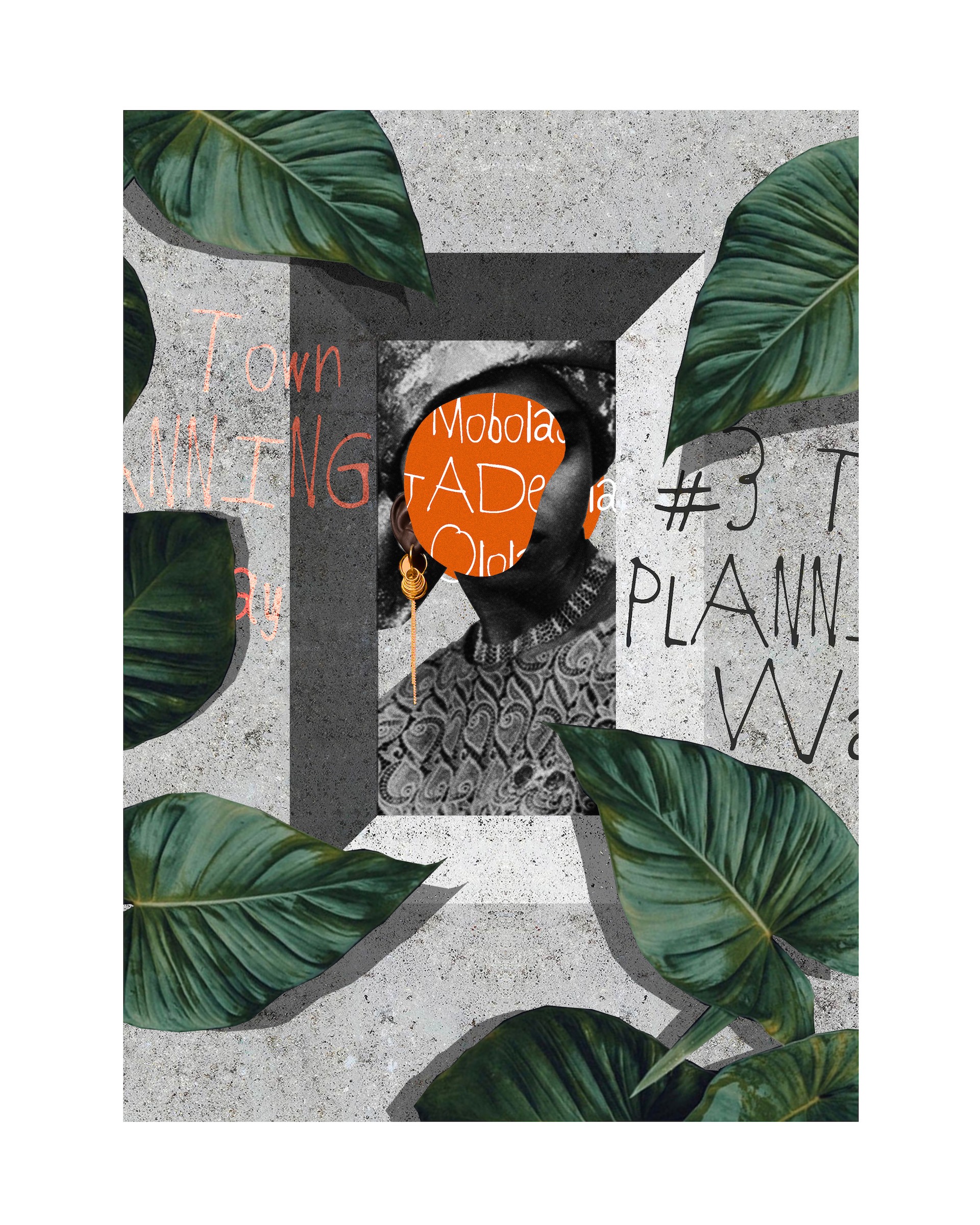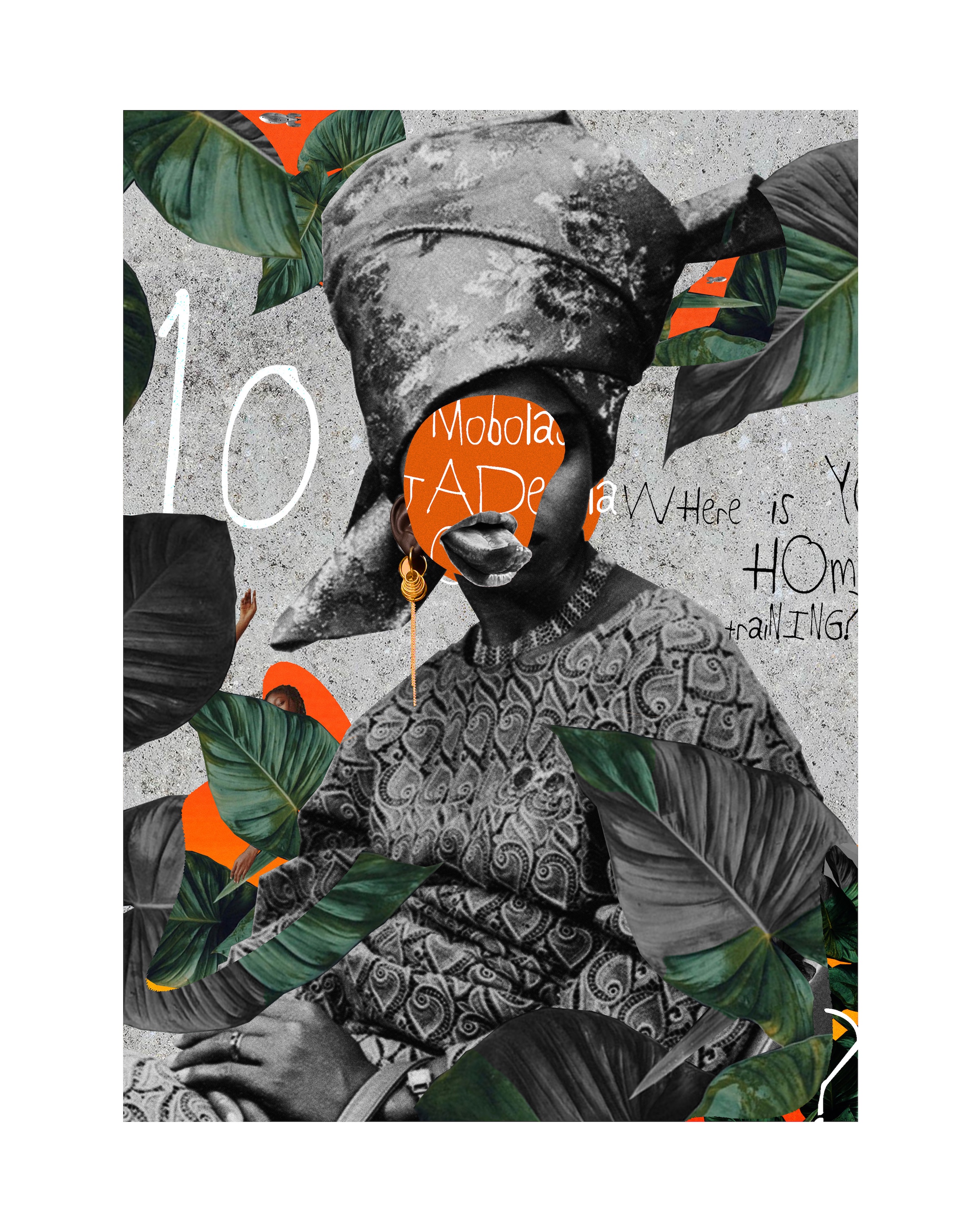Photographs from Bolaji Ogunrosoye’s series ‘Loose Woman’ feature in our first print issue, which explores race and identity in the modern world. ‘Loose Woman’ is psychedelic or intimate depending on whether viewers experience the images online or offline (the best experience, of course, being both online and offline). Ogunrosoye’s images speak to the preeminent duality of the digital era, and question the meaning of personhood, female personhood in particular, both in relation to the self and what spaces the self occupies. A few days ago, we asked Ogunrosoye what she tries to express through her images.
WALE LAWAL
Each image in your ‘Loose Woman’ project occurs in two versions: a static version, and a non-static version (that operates very much like a GIF). It reminds me of the offline/online duality of our time. Do you try to create different experiences with each version?
BOLAJI OGUNROSOYE
Yes. I would say the top priority for me working on the project was being as expressive with my emotions as I could be. This is why I needed to create the non-static versions. The question for me was, How do I pour these three or four emotions I’m feeling into the one image I have sitting in my head? The answer to that was to break these emotions down in a running GIF. So for me, these two versions express my emotions in two phases: what I see as final (Phase One) and what I see as the process of getting to that final image (Phase Two). I want you, the viewer, to experience those two things—the process, which is all the emotions I experienced towards an end, and that end, which I want you to know is the outcome of questioning myself.
WALE LAWAL
A recurring motif in this series is interaction between bodies and physical space. In works like ‘Who Are You?’, I find space to be as much the object of study as the figure. What, if anything, can spaces tell us about ourselves?
BOLAJI OGUNROSOYE
Space is a important part of my fabric as a person. When I go through my memories, I find that the thing that is very constant is my remembrance of places; and certain experiences I’ve subconsciously attached to those places. For example, in ‘Who Are You?’, I am remembering my childhood home, the place that formed most of my childhood memories, most of the traits which are now stamped into my fabric—traits I may or may not like, but that have come to define me. I question this particular place, because, somehow, I associate it (and several other places) with a certain inadequacy that I cannot express. But I also associate my childhood home with joy and happiness and friendship, and so I will always have this place as a part of my story. Space is a significant part of my story. At different times in my life, all my defining moments, big or small, have been defined by physical spaces.
WALE LAWAL
Which artists did you find yourself in conversation with while developing this project?
BOLAJI OGUNROSOYE
WALE LAWAL
The themes you explore in ‘Loose Woman’ include perception, self-esteem, mental awareness and relationships. How do visual images allow us experience these themes differently?
BOLAJI OGUNROSOYE
WALE LAWAL
You’ve said these images are an attempt at reclaiming the term ‘Loose Woman’. What would you say is unique about images that allows artists to challenge social norms?
BOLAJI OGUNROSOYE
WALE LAWAL
As an artist exploring themes around gender, womanhood, personhood and freedom of expression in Nigeria, what do you think of the feminist statement, ‘The personal is political’?
BOLAJI OGUNROSOYE
I’m a bit conflicted by this question, simply because I have not considered my personal feminist struggles on a general scale. Equality is a basic human right, and shouldn’t be regarded as minuscule. I think this is even truer in a society like Nigeria. We must think about how feminist struggles are discussed across different classes. To some, feminism is seen as not necessary, a pain in the neck. After all, husband and wife dynamics in the Nigerian home setting have always been the way they are and should be left as that—the man at the head and the woman as the neck. To others, the struggle is necessary in breaking away from these setbacks, whether in a domestic or non-domestic setting. To these others, the struggle should move entirely from the discourse of who is the head or the neck because these are not the things that are really important. What is important is taking ownership of yourself, responsibility for yourself, ‘why not focus on issues of actual political importance!’
I think it has been interesting to observe these notions across different classes. I think it is also harmful to ignore different women’s notions of what the feminist struggle is. Each notion is valid and important, whether ‘small’ or ‘big’. Each issue should, therefore, be regarded as a cause for societal concern. I mentioned I was conflicted because I haven’t necessarily ever expressed where I stand—fight for my rights on a personal level, or fight for them so that women who aren’t privileged to will benefit from what I am able to do. It should be the latter.
Carol Hanisch writes that ‘Personal problems are political problems. There are no personal solutions at this time. There is only collective action for a collective solution.’ This is true especially in Nigerian society. I, personally, have found difficulty in working towards ownership of my agency and I must admit that the collective push and speaking up of women, Nigerian women especially, towards an equal society has been a great help to me. And so, how can I not see my personal struggles as political? It is all for a greater good. Nothing is or should be seen as too small, too personal, because the importance of the Nigerian woman’s life is not small or too personal. It is, actually, a cause for national emergency. I guess, in a sense, this question has helped me move towards a new resolve—regarding the issues of the Nigerian Woman as a collective, alongside regarding these issues as personal, no matter how small, and with the utmost importance. It is necessary towards our fight to be afforded basic human decency, even for those among us who think we don’t need it.
WALE LAWAL
You’ve said the end goal of your project is ‘self-realisation’. What does self-realization look like to you?
BOLAJI OGUNROSOYE





